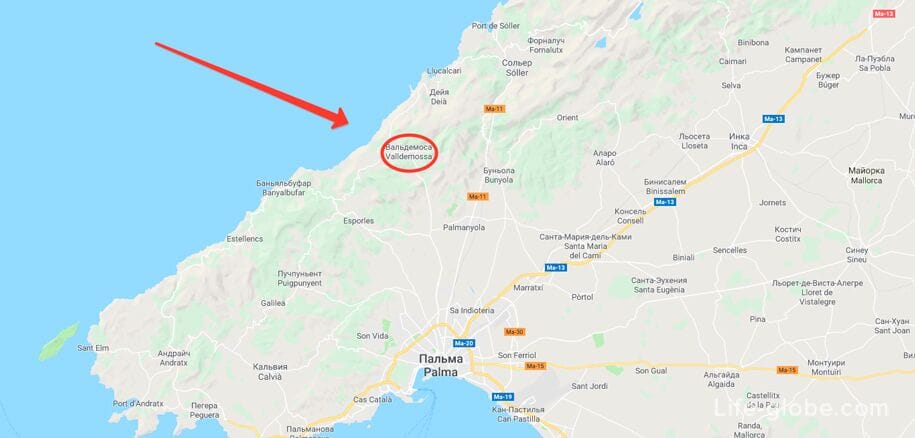
Valldemossa is an ancient city, settlement (village), part of the homonymous municipality, located in the Northwest of Mallorca, within the mountain range of the Sierra de Tramuntana (Serra de Tramuntana), about 18-22 kilometers from the historical centre of the capital city of Palma.
Currently, Valldemossa is one of the most beautiful cities and a popular tourist destination on Mallorca, representing one of the historical places, the special charm of which lies in the narrow cobbled streets, decorated with flower pots.
Along the streets, in dense rows lined low rise historic buildings on the first floor some of which are cafes, restaurants, shops and souvenir shops.
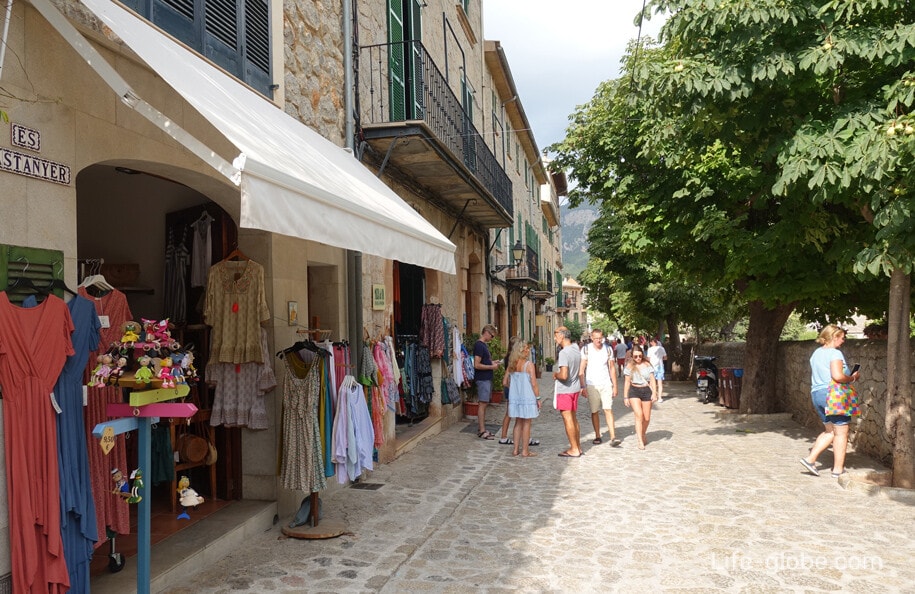
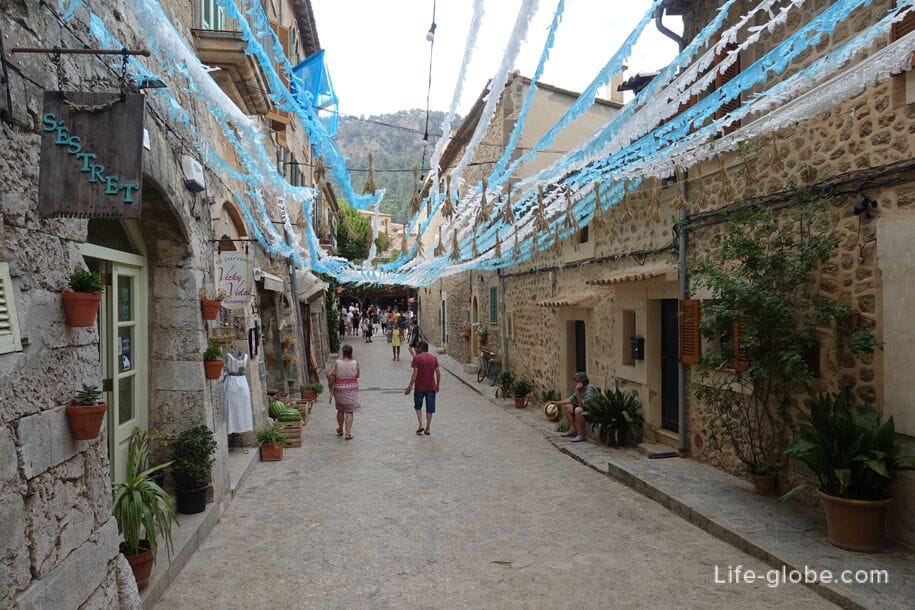
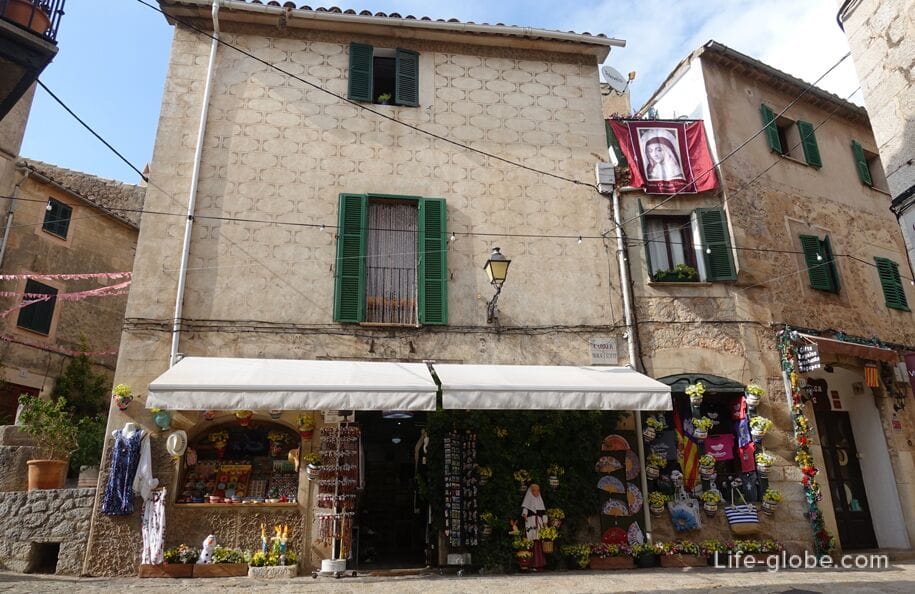
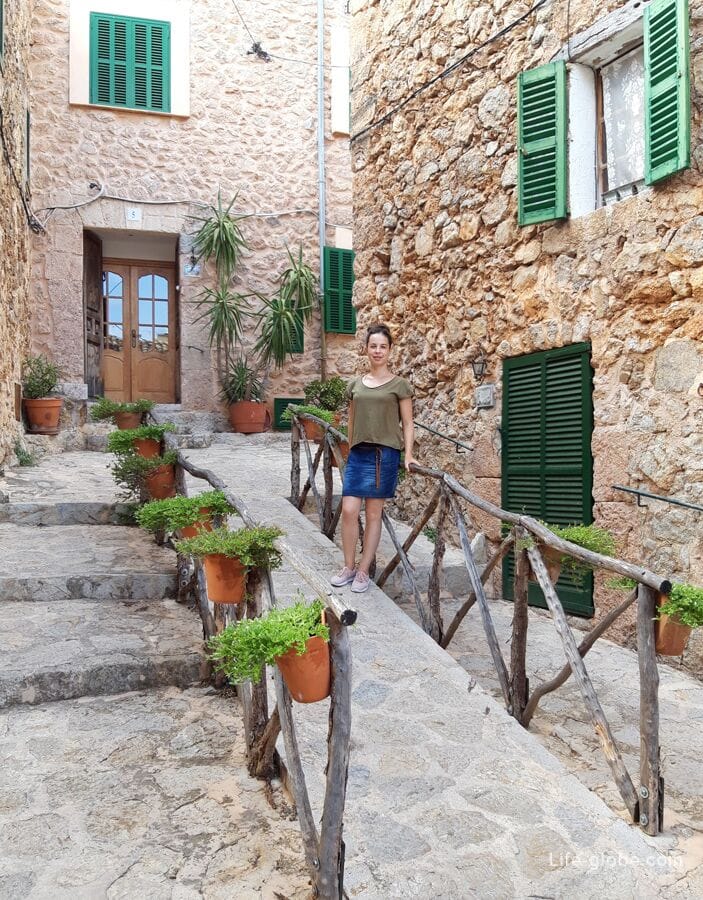
The most lively and visited Valldemossa street is a street Blanquerna (Via Blanquerna), overlooking the square Roman Lulla (Placa Ramon Llull).
Along the street cafes and restaurants with tables under the open sky, there are also small shops and souvenir shops.


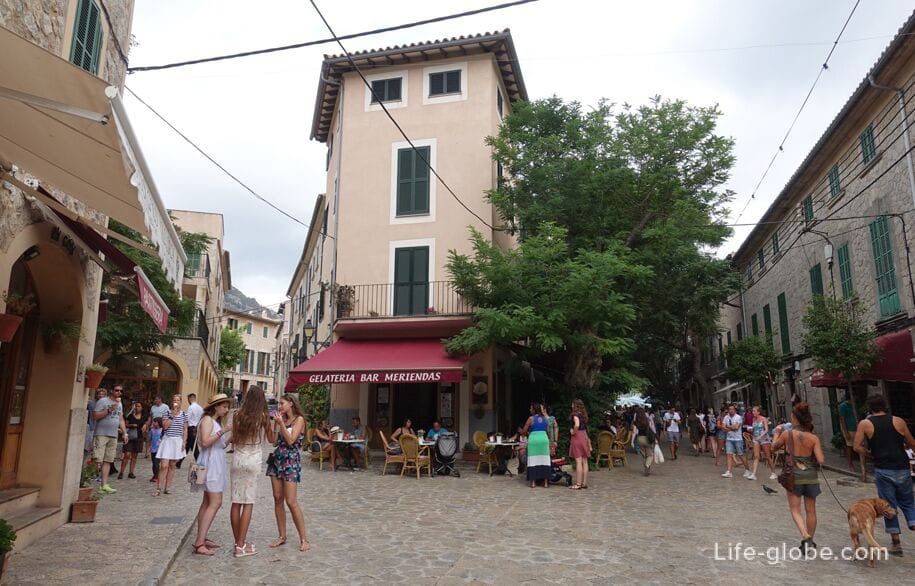
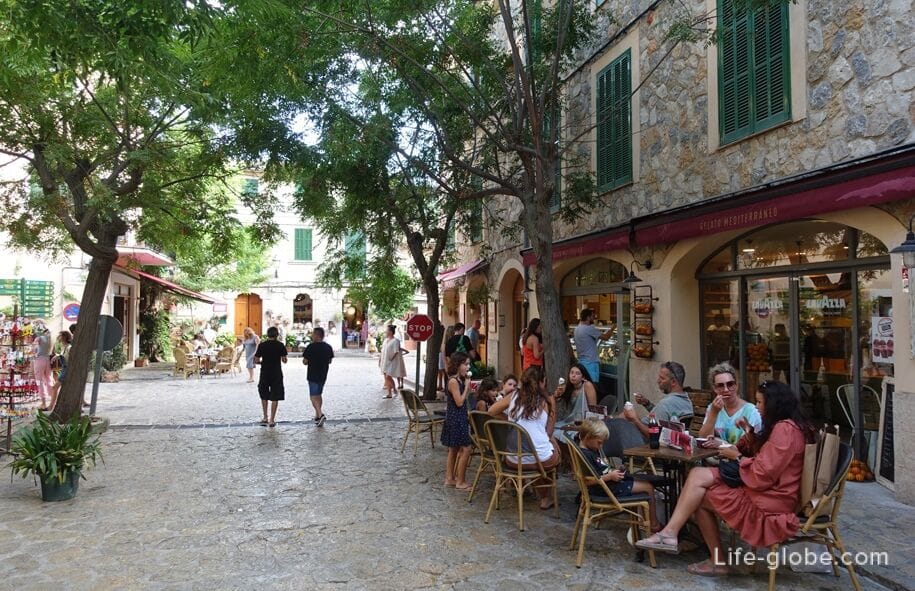
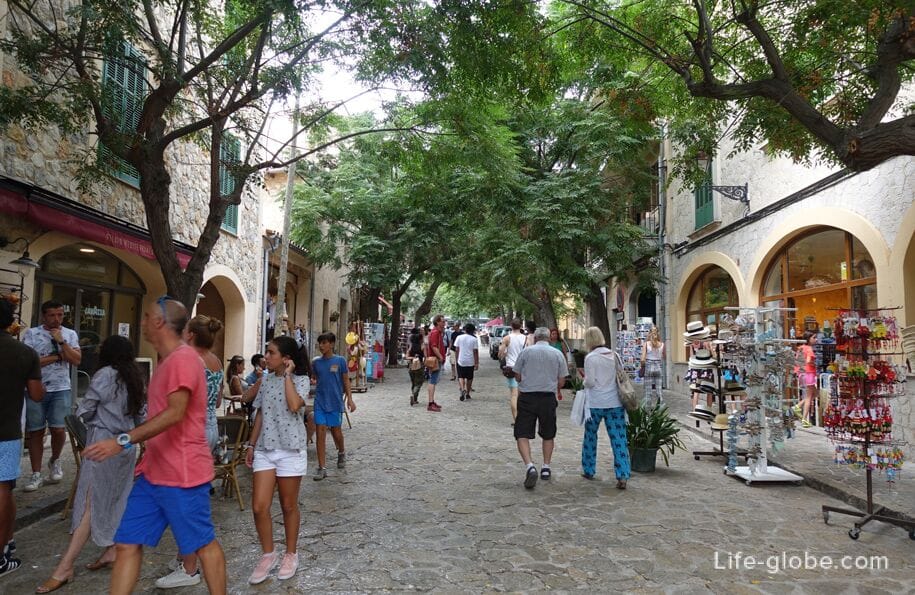
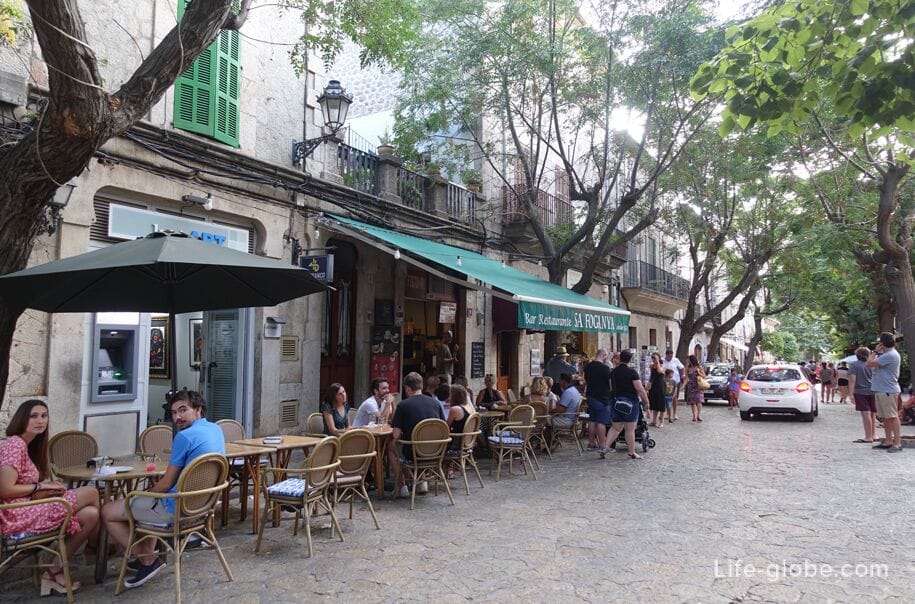
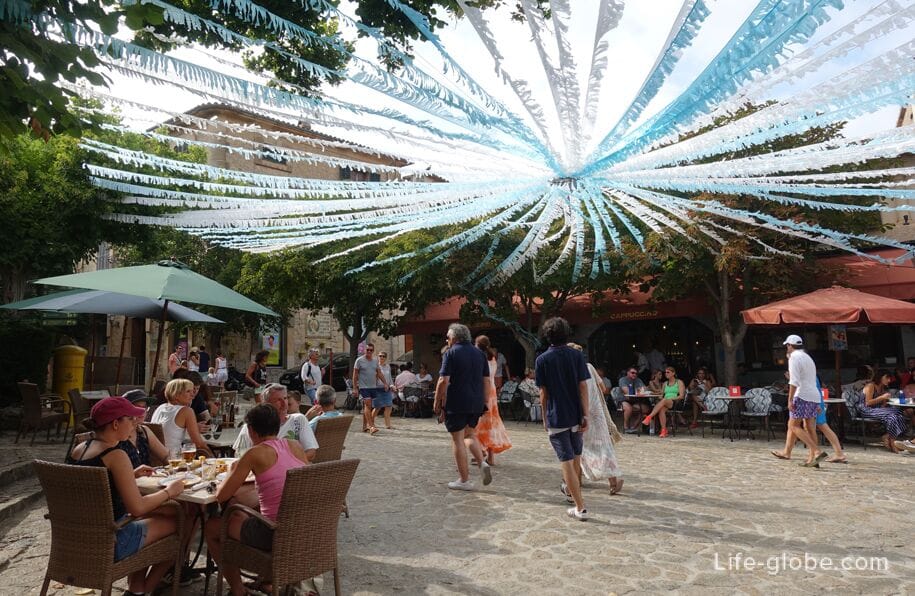
The main attraction of Valldemossa acts Valldemossa monastery or Charterhouse / Chartered house, also known as the Palace of Valldemossa (Valldemossa Cartoixa de, Spanish title: Cartuja de Valldemosa), which is a former Palace and monastery complex.
The origin of the Carthusian monastery dates back to the time of king James II, who chose one of the most delightful places on the island (400 meters) under the construction of the residence for his son Sancho in the beginning of 1300 years.
In 1399 the estate was transferred to the Carthusian monks who have made changes and additions in structure of the Royal estates, for the use of the premises for personal occupancy and for its intended purpose. In the walls of the former Royal residence, the monks organized a Charter and stayed in the monastery until 1835, after which the monastery complex was sold out at frequent, including private individuals.
The present complex of the ancient monastery, mostly Dating back to the 18th century and is a monumental ensemble.

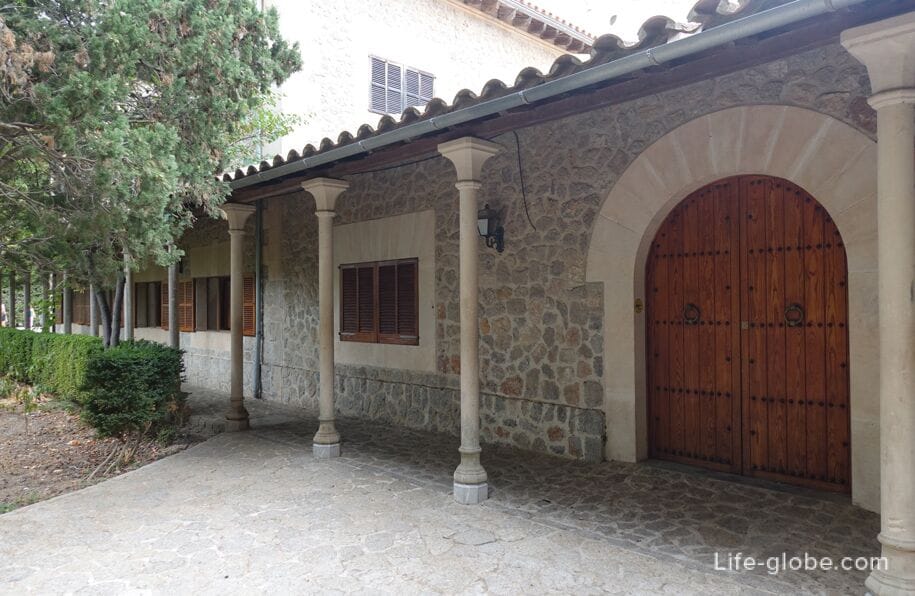
In the complex, along with other objects, is the Church of Valldemossa, has a neoclassical appearance and eye-catching bright bell tower with attached balcony. The construction of the Church began in 1751 in the earlier primitive Church relating to 1446.

The main facade of the Church is clearly visible from the Kartal square (Placa Cartoixa).
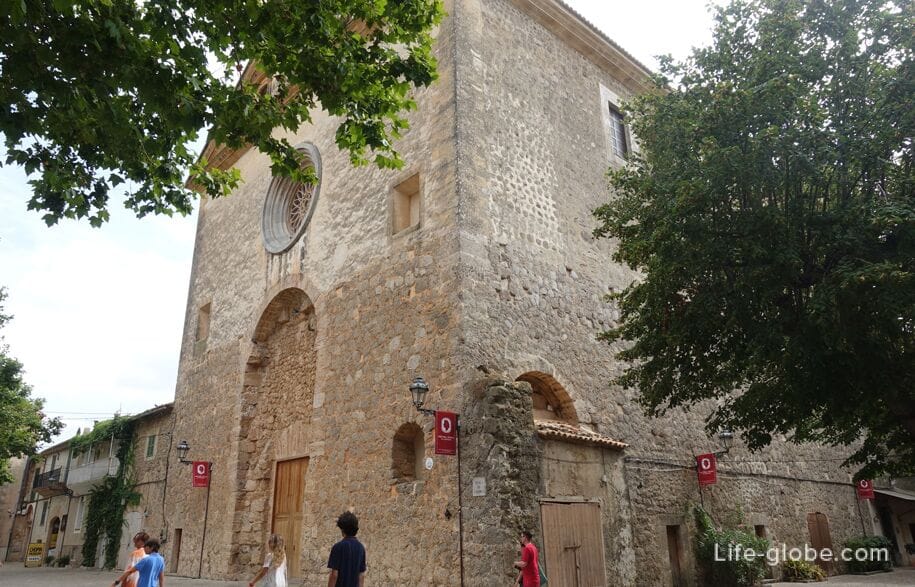
Currently, the old part of the former monastery complex is a Museum, consisting ofold pharmacy of the Carthusians; the chapel; the former library and rooms (cells) in which the monks lived; the terraces of the complex; the municipal Museum of Valldemossa, which is a section dedicated to Gaspa former printing press room of the Archduke Luis Salvador, the art gallery" and a collection of modern art and the concert hall (the music room); and the most iconic and recognizable part of the monastery - cells at 2 and 4, in the winter of 1838-39 years stayed frédéric Chopin and the writer Dorji sand (Amandine Aurora Lucile Dupin) and where there are documents and various items that keep the memories of the being here of the famous couple, including a piano, ordered by the composer in Paris in which Chopin played during his stay at the monastery.
The entrance to the Museum is paid. To clarify admission and Museum hours please visit: cartoixadevalldemossa.
The entrance to the premises of the Museum of the Carthusian monastery is the square of Kartal.
Photos of the area of Kartal
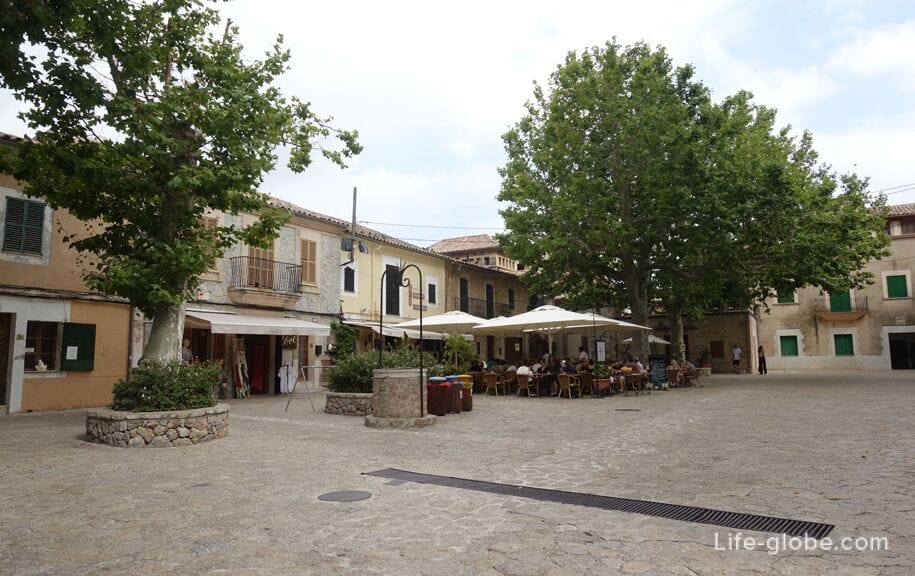
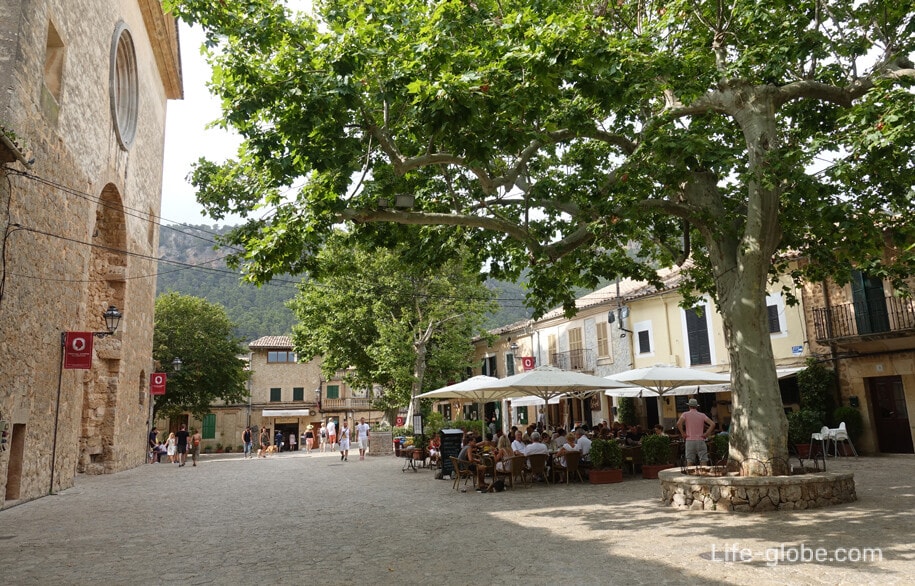
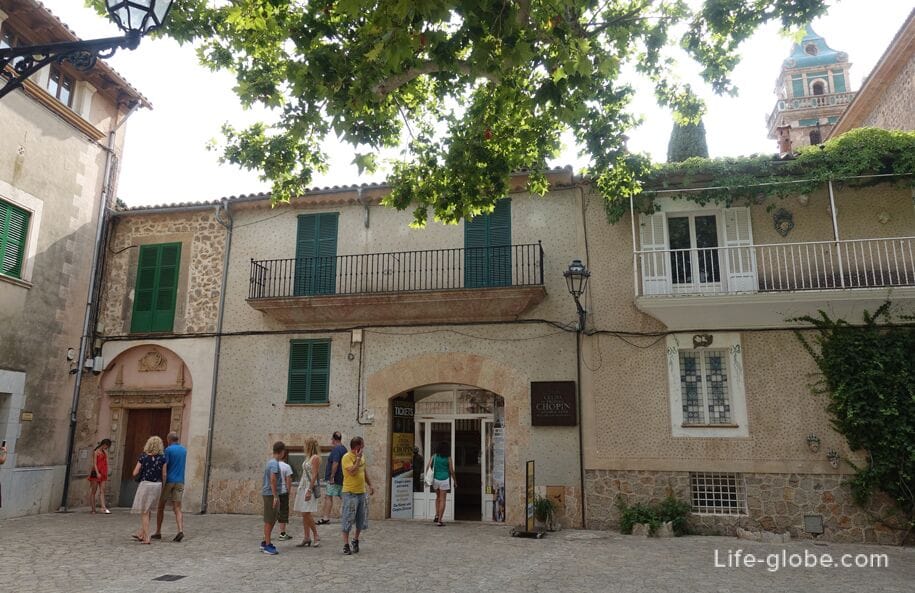

Valldemossa gardens of the monastery or the gardens of king Juan Carlos (Jardins Rei Joan Carles), located outside the monastery complex, near the building of the municipality of Valldemossa (Ajuntament de Valldemossa).
In the garden are paths surrounded by flowers, cypresses, palms and other trees.
In the Park is a monument to the composer Frederic Chopin, as well as monuments dedicated to other significant personalities.
The entrance to the Park is free (free).
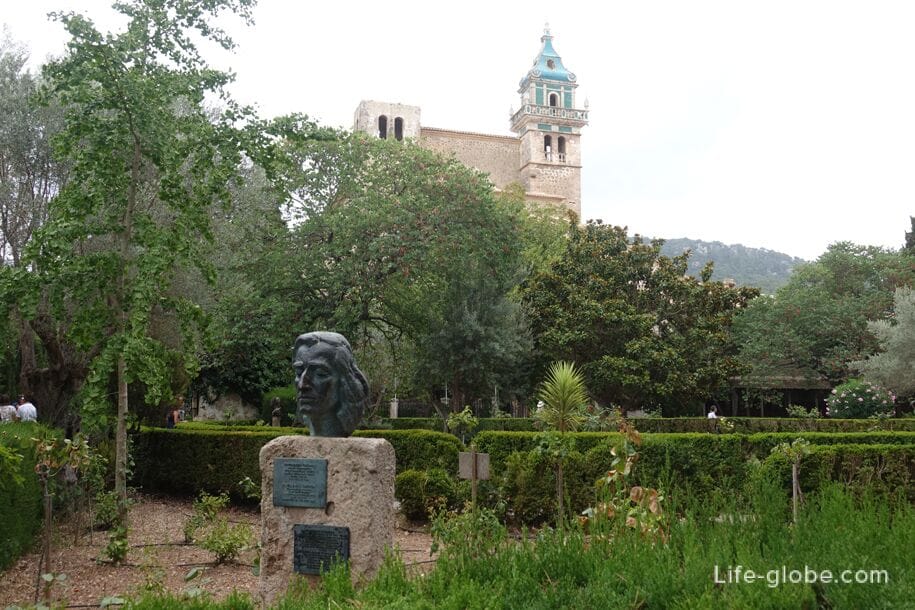
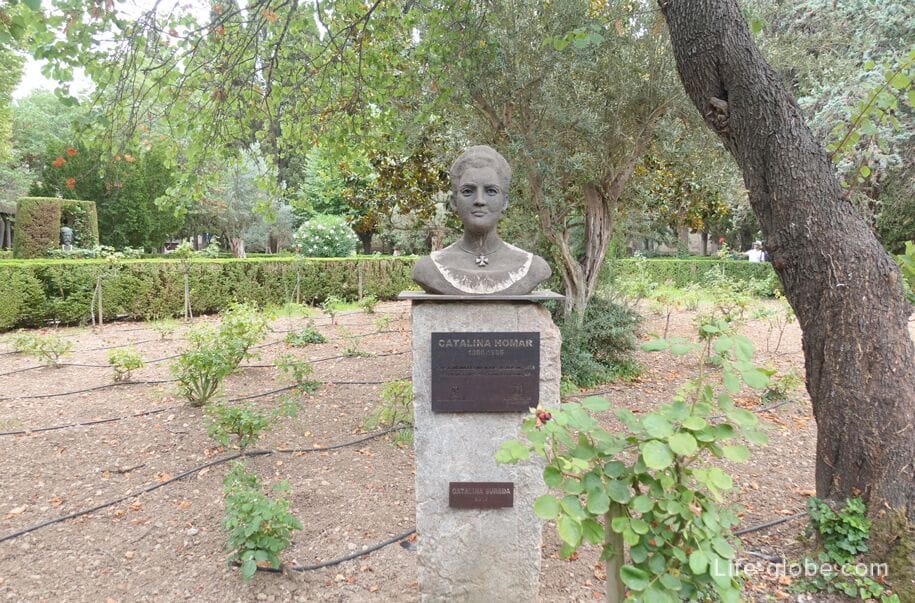
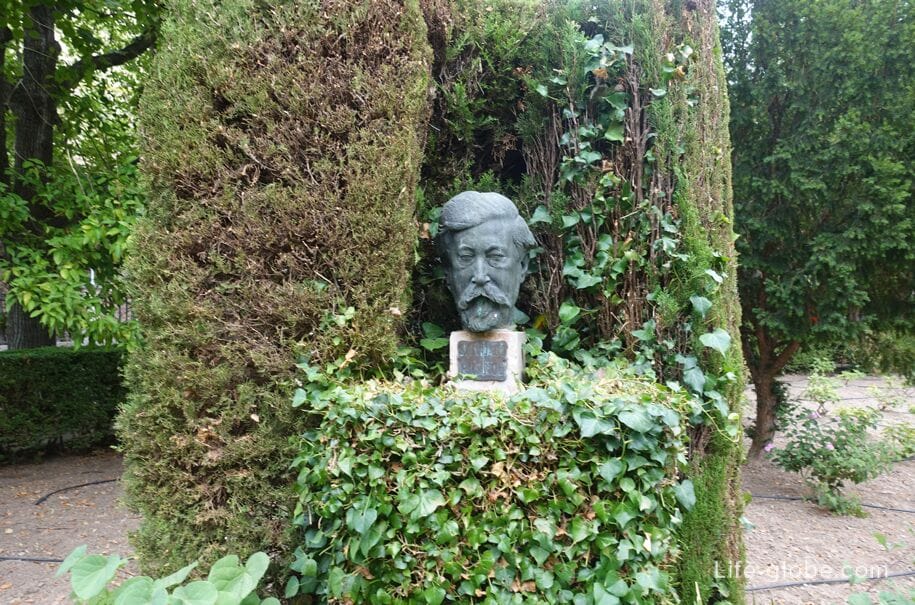
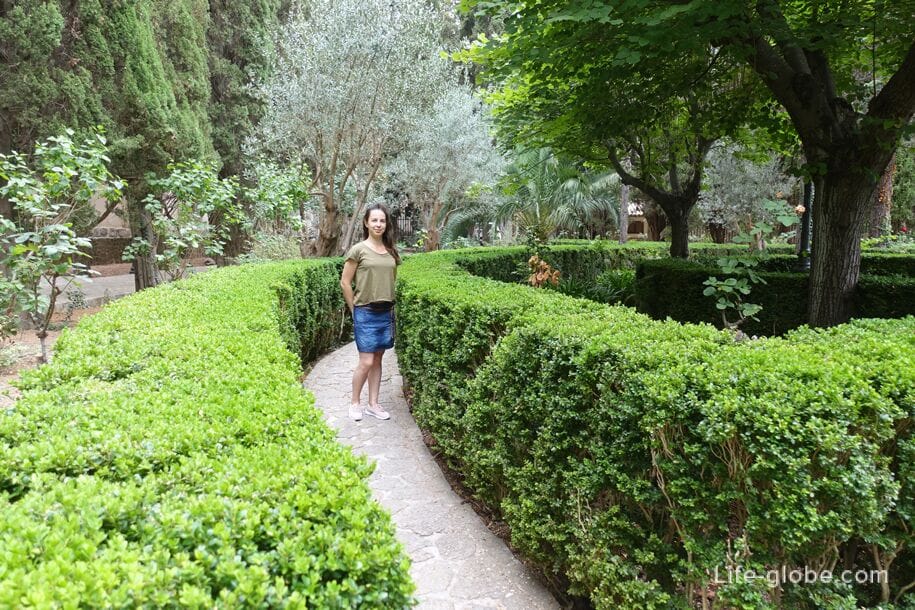
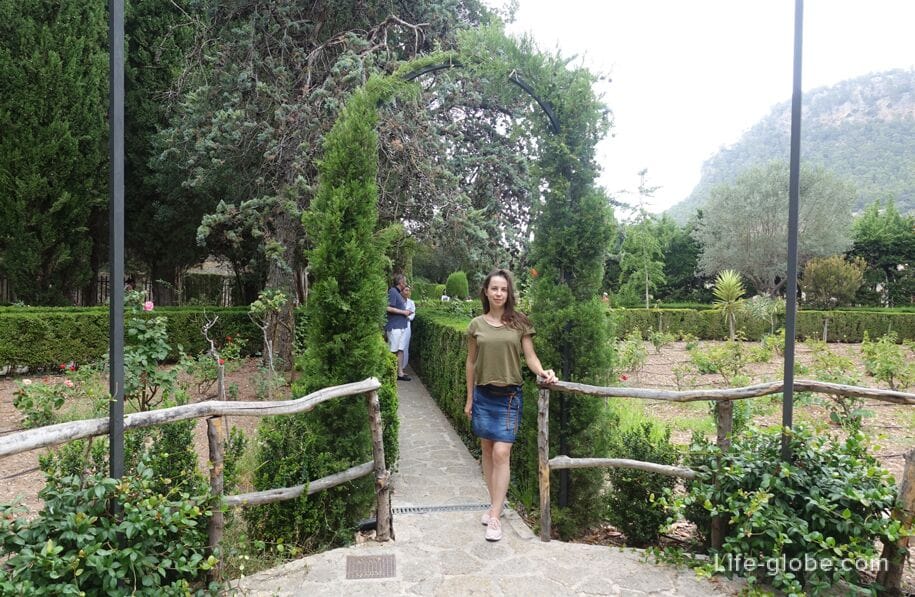
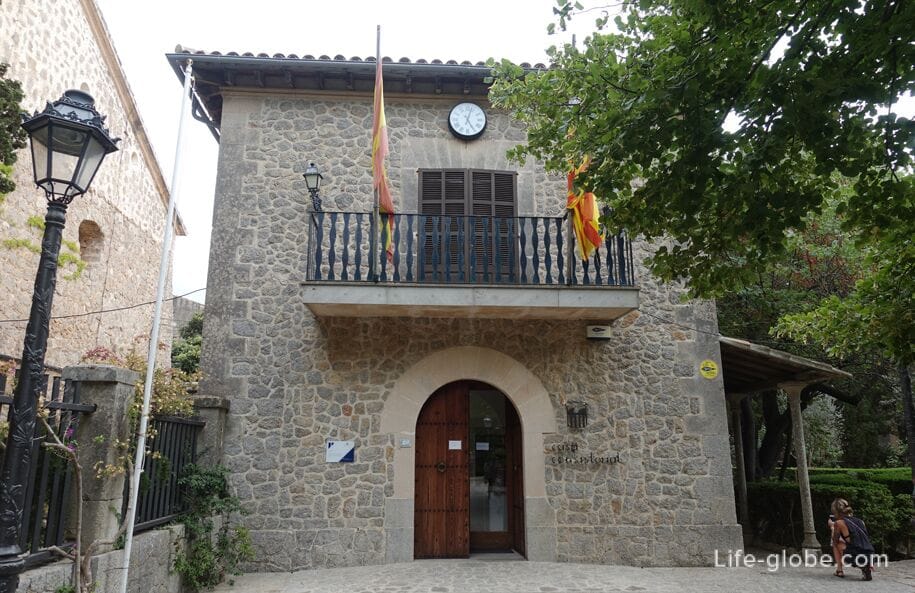
The Palace of king Sanch (Palace of King Sanc), which is the old Royal Palace, also a member of the monastery complex, which preserved elements of the ancient Carthusian style, such as entrance stairs, tower defense, and a wall with an arched opening.
It is believed that the Palace was built on the ruins of the old fortress, which belonged to the Moorish Wali named Moussa or Moses, - hence the title "Valldemossa".

Go to the tower through the area of Kartal. The tower on the Plaza Ruben Dario (Ruben Dario Placa).

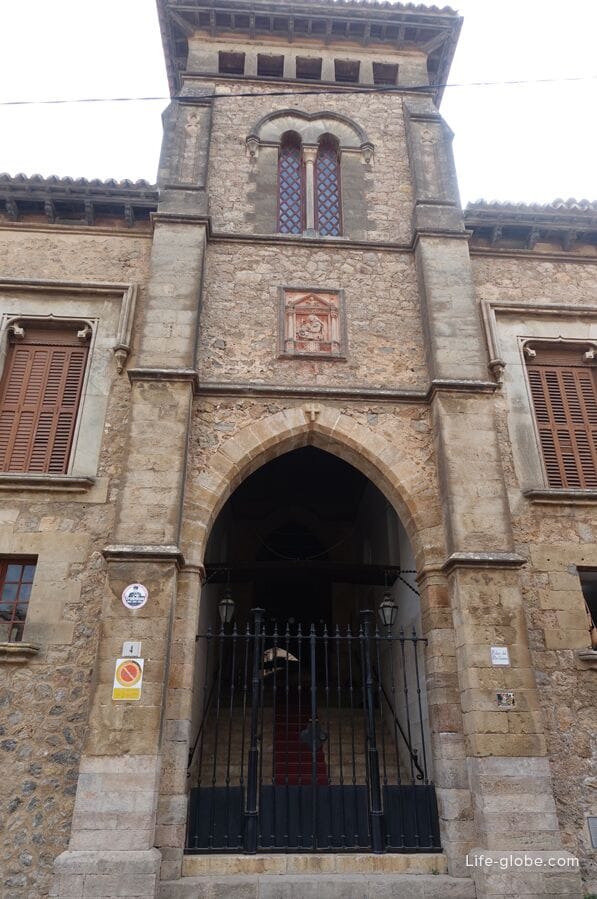
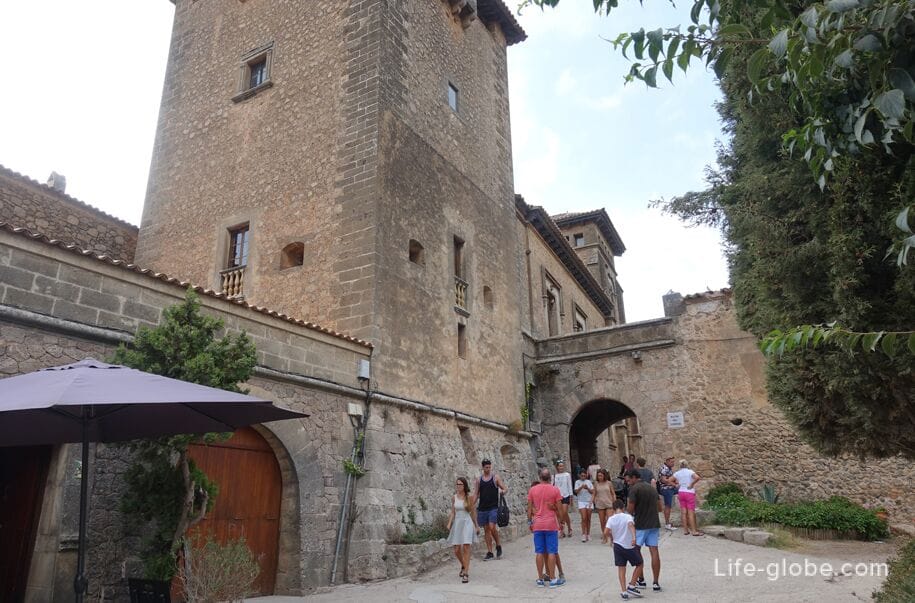

In Valldemossa there are several observation points, the best of which is the observation deck located just below the Plaza Ruben Dario.
The site offers panoramic views of the lower part of the old town of Valldemossa, Tramuntana mountains, the valley and the surrounding area.


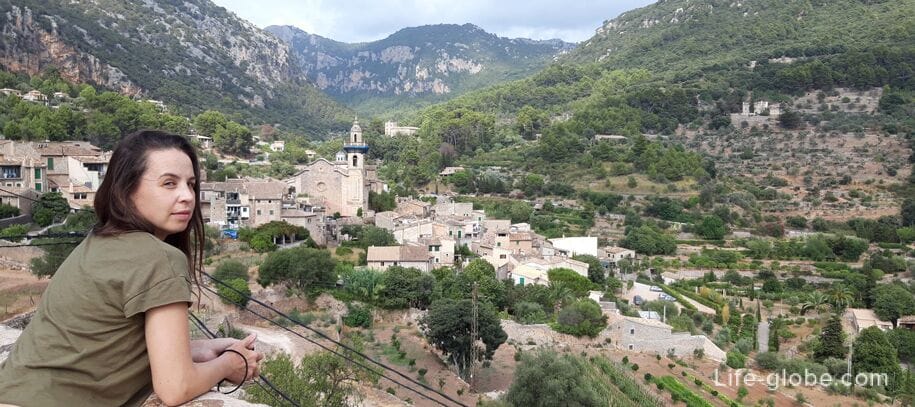
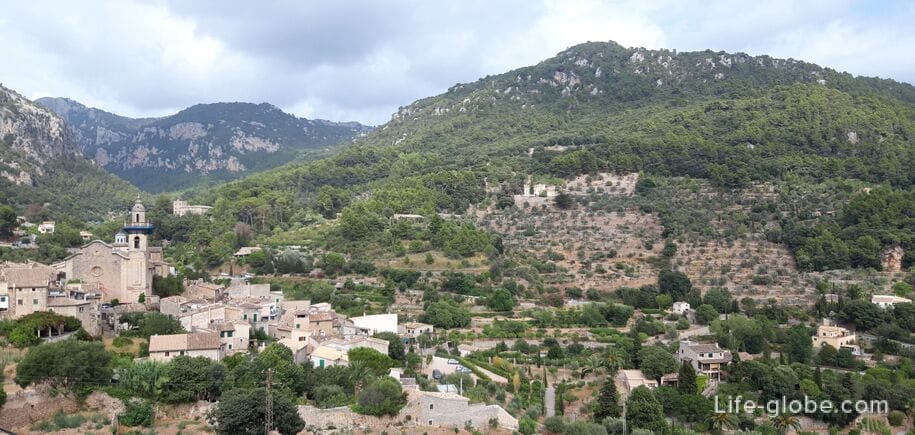
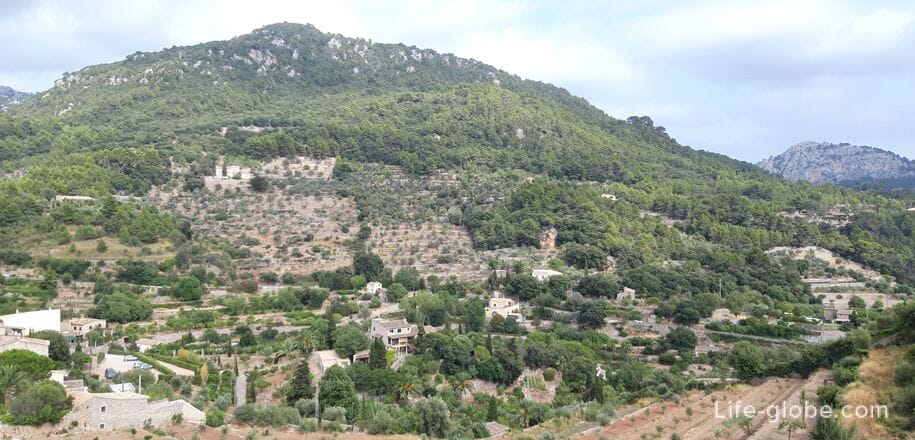

The Church is located in the heart of the old town of Valldemossa, on the same street: Esglesia de Sant Bartolomeu.
The construction of the Shrine was begun in 1235 under the name of Church of Santa Maria. Near this Church and there was a city block, which was cultural and political center of the new Christian community.
In 1278, Pope innocent IV changed the original name of the Church ("Santa Maria") to present, in honor of the Apostle Nathanael (Bartholomew).
The Church originally had a Gothic look, for centuries, was gradually transformed with the various updates. In the 14th century, in 1350, it had the form of a Latin cross and two chapels. In the 17th and following centuries the Church was enlarged and restored.
Today one of the most distinctive features of the Church is the bell tower in neoclassical style.
The interior of the Church has a Central nave with main altar and twelve smaller chapels with altars and organ with the choir.
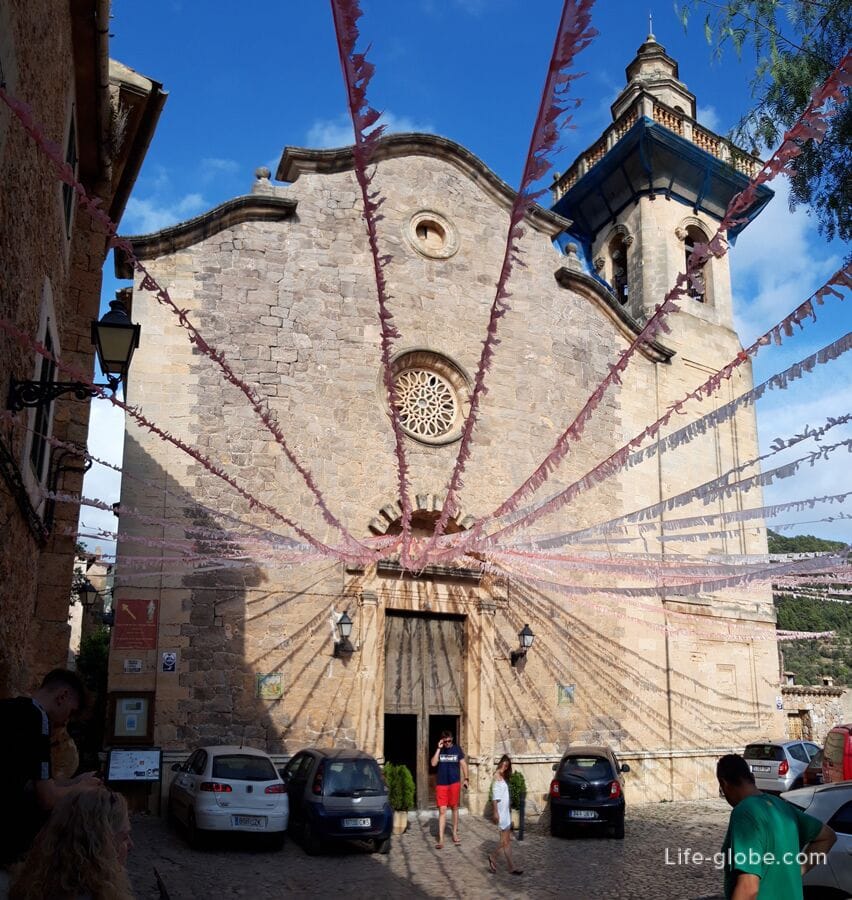

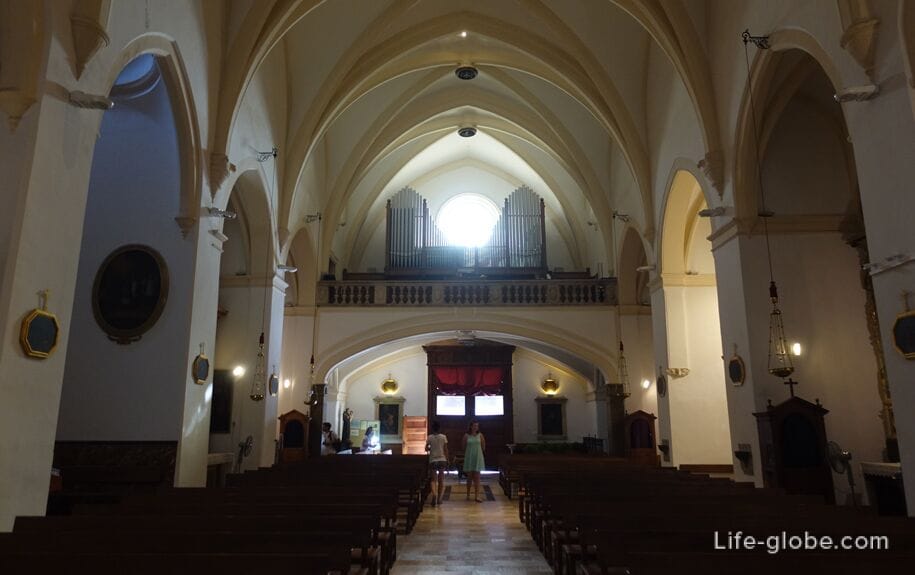
A small chapel located in the house where, on may 1, 1531 was born on Santa Catalina Thomas.
From early childhood, Catalina demonstrated a high desire to serve the Lord, and the Lord gave her the gift of clairvoyance. She began to be saints, and demons were, in order to expose her to temptation. Orphaned, Catalina Thomas went to live with relatives on a farm Gaillarde is situated between Deya and Valldemossa. In 1552 Catalina were credited to the nuns in the monastery of Santa Magdalena in Palma, where, after a life of Holiness died 5 APR 1574. They say that after death her body remained incorrupt.
In 1792 she was beatified by Pius VI, and in 1930, canonized by Pope Pius XI.
The main attraction of the chapel is a small altar erected in honor of the greatest religious icons of the island.
House with a chapel located in the lower part of the old town, on the street Rectory, 5 (Carrer Rectoria, 5).
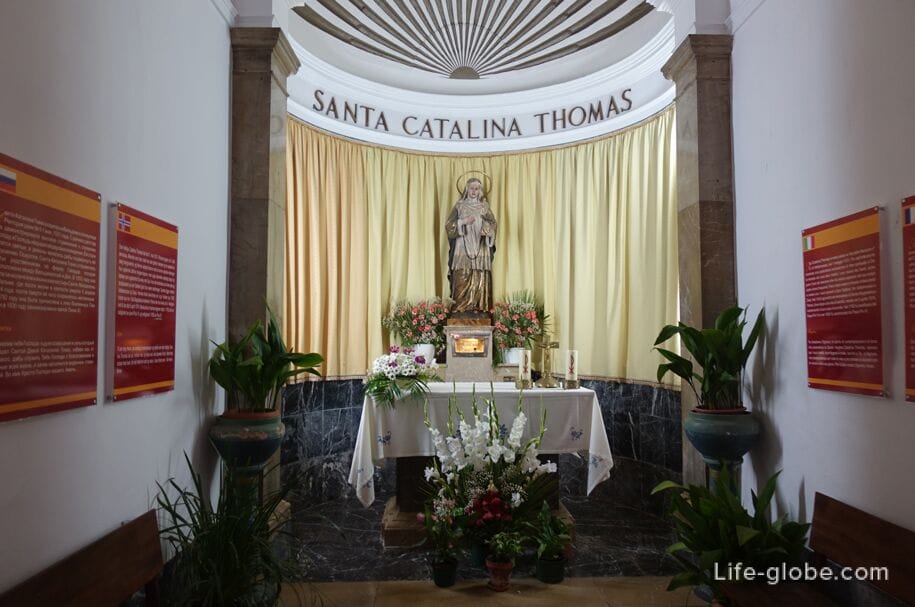
Photo street Rectory

Santa Catalina is very revered in Valldemossa. Throughout the village houses, you can see the tiles with scenes from the life of a Saint.
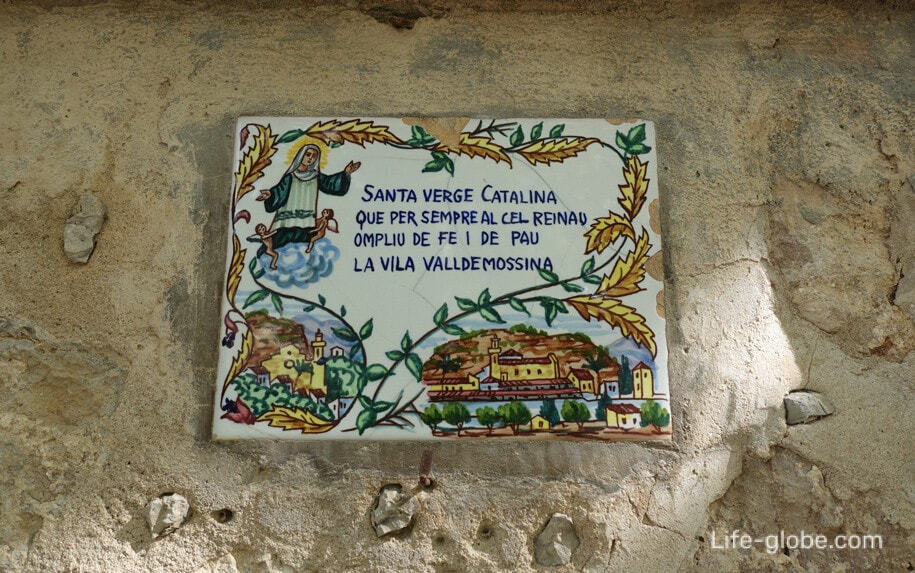
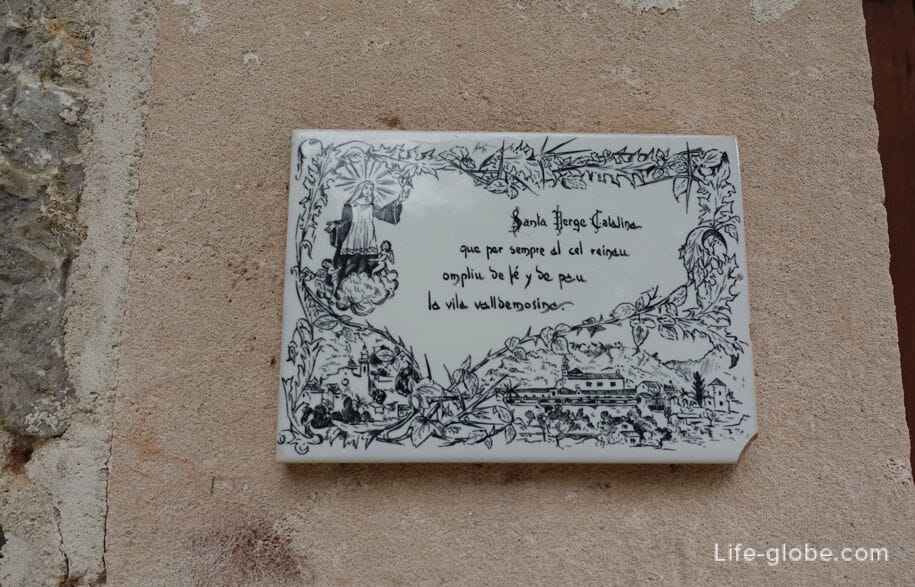
In Valldemossa is also the cultural centre Costa Nord (Costa Nord de Valldemossa), which was created at the initiative of American actor Michael Douglas. The center offers information about the nature of the Serra de Tramuntana mountains in the Northwest of Majorca, and regular cultural events.
In addition to the above, in the village of Valldemossa is just nice to walk through the narrow winding streets, explore tiny square while enjoying the slow-pace and imbued with the history of Mallorca.
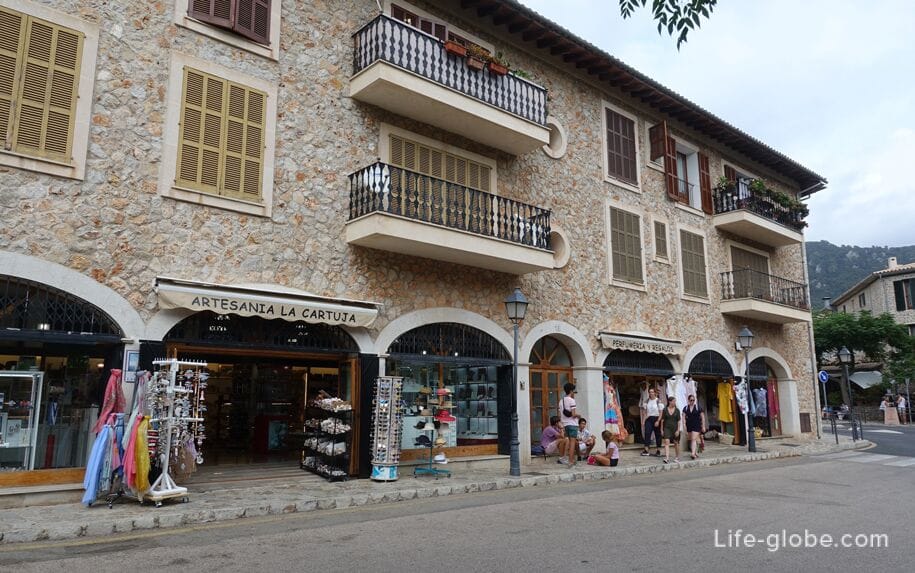
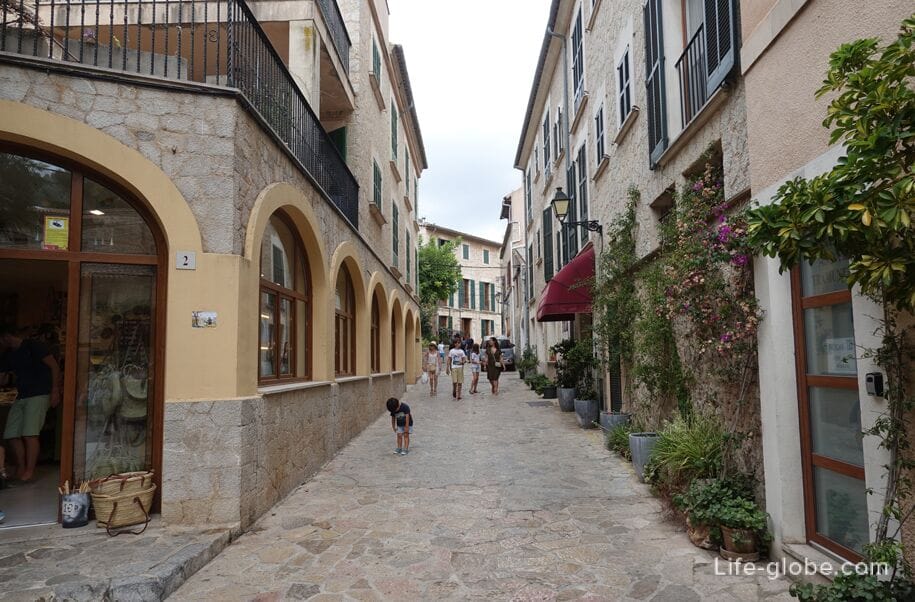


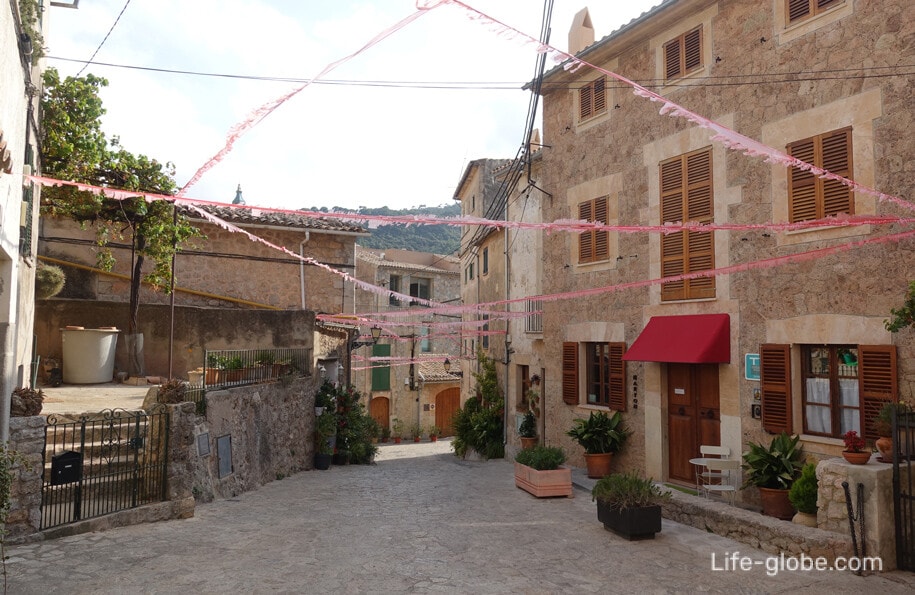
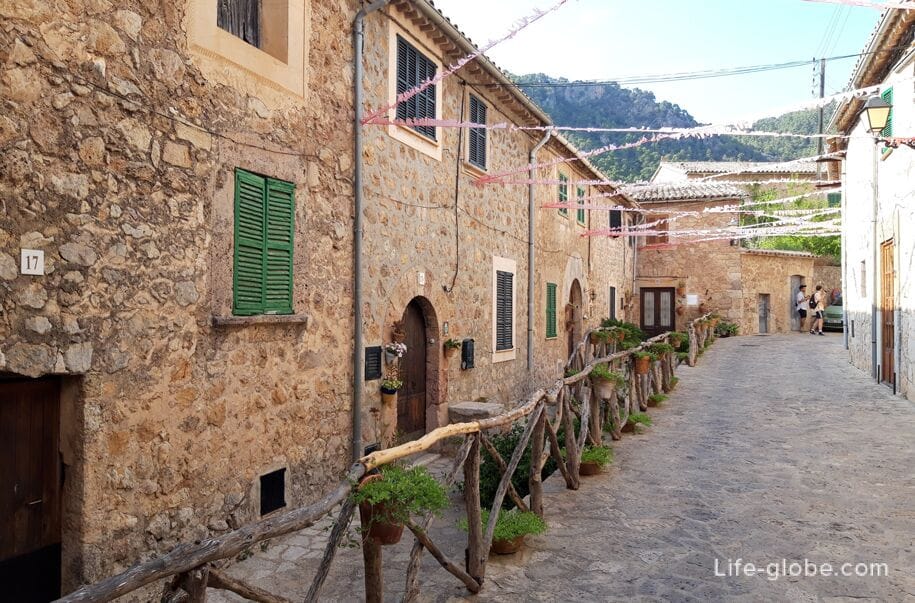

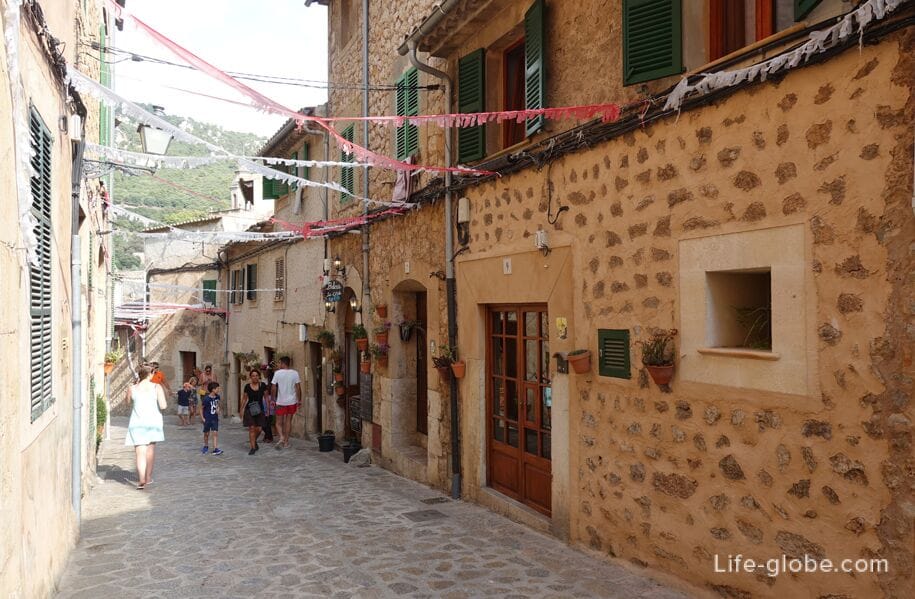
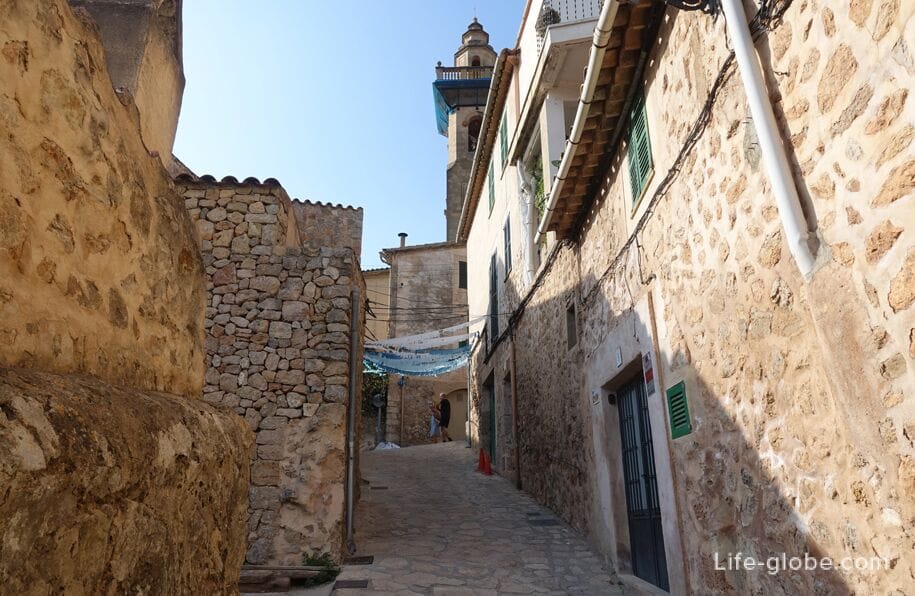

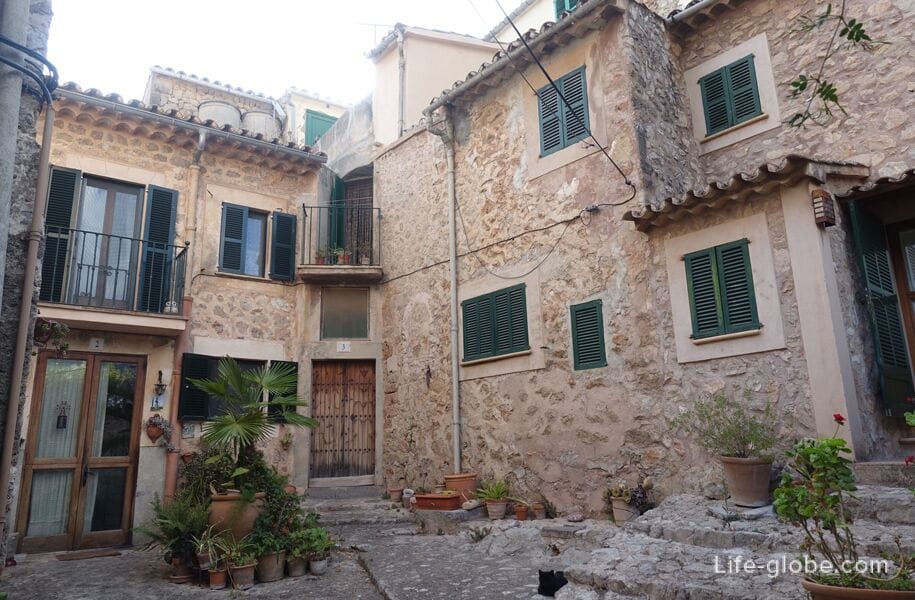
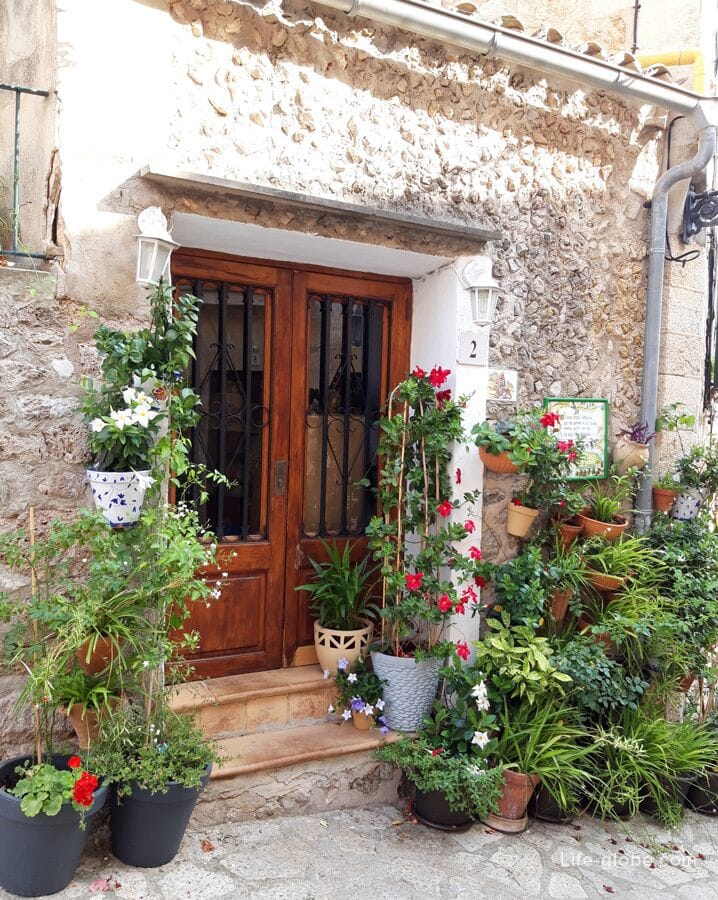
The monastery was founded in 1278, Ramon Lollom as a convent and school of Oriental languages, where the Franciscans studied Arabic, and then to spread Christianity in North Africa.
Later the monastery passed from hand to hand of various monastic orders, and in 1487, was a milestone in the history of Mallorca when they were installed the island's first typewriter.
After a period of decline in 1872 the monastery was purchased by Archduke Ludwig Salvator from Austria, where he received his famous guests.
At present, Miramar is privately owned, it opened a Museum dedicated to the Ramona Lulu and the Archduke. Inside, the house has retained the old floor of the monastery, the monks kitchen, and an exact copy of the old rooms with furniture, books and other household items.
A small coastal village situated 7 km from the historic centre of Valldemossa.
In the village there are a couple of restaurants this holiday home Sa Caseta - Port de Valldemossa, a small pebbly beach, and off the coast of moored small boats.
Walking route (pathway) that connects Valldemossa with rocks Deya and peaks of the Tramuntana mountain range.
The road was closed at the end of the 19th century on the orders of Archduke Ludwig Salvator and today represents one of the most classic mountain routes on the island.
In addition to the way of the Archduke surroundings of Valldemossa Serra de Tramuntana, numerous well-developed Hiking trails, ideal for Hiking and Cycling.
The small historic village located in the mountains of the Sierra de Tramuntana, between Soller and Valldemosa mainly known for their famous inhabitants.
A city and the administrative center of the homonymous municipality, attracting the attention of the historic centre and the iconic Church of San Bartomeu and the historic railway Ferrocarril de Soller, connecting sóller with the capital of the island Palma de Mallorca. Read more about Soller...
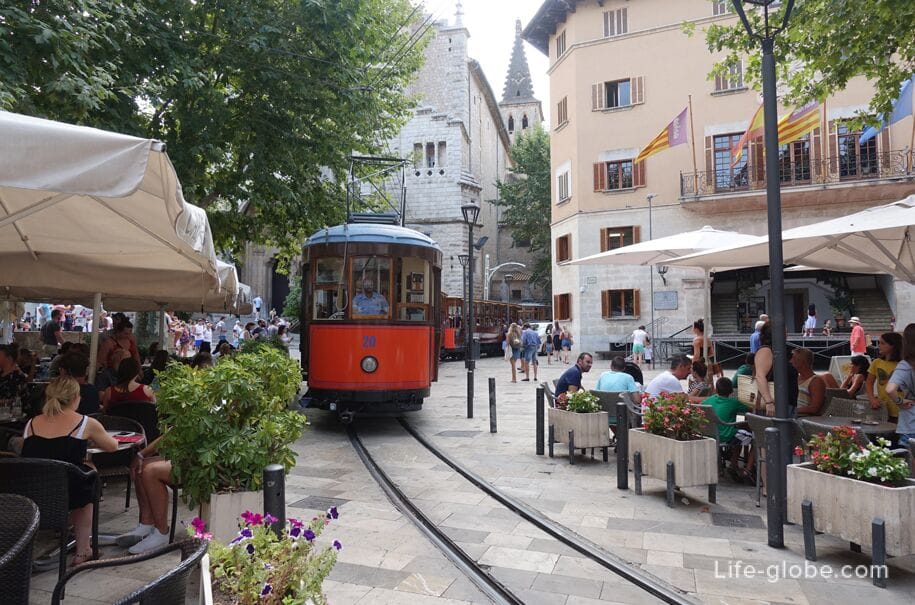
Port de Soller is a port that is also a residential and resort area, owned by the municipality of Soller.
On the one hand the city is bordered by marine waters, and on the other by the peaks of the mountain range Sierra de Tramuntana.
In the Bay are: a small harbour, two sandy beaches and the pedestrian zone with all tourist infrastructure. More about Port de Soller...
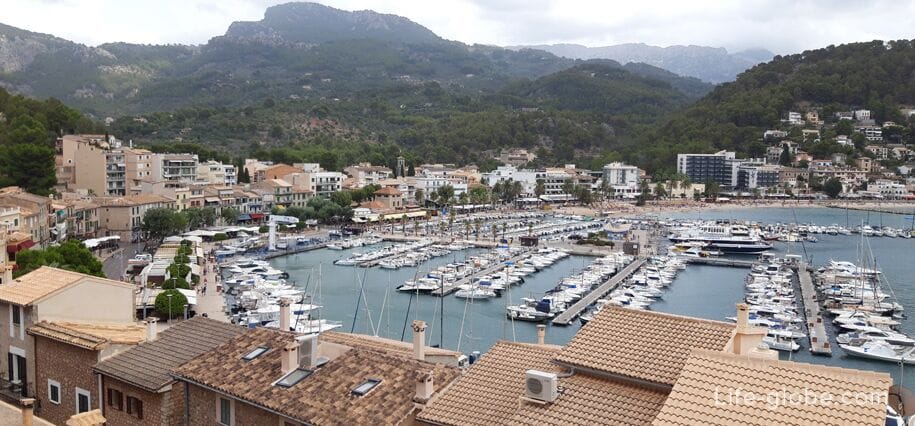
How to get to Valldemossa: taxi; car; buses from Palma No. 210. The bus passes through Soller, Port de Soller and Deya.
Visit Valldemossa you with one of the excursions on the island:
The choice of accommodation in Valldemossa and in close proximity to the village is quite diverse, although not great.
All accommodation in Valldemossa you can view and book here
